Introduction:
Suboxone 8 mg, a medication primarily used in the treatment of opioid dependence, plays a crucial role in aiding individuals on the path to recovery. This combination medication, composed of buprenorphine and naloxone, has become a cornerstone in addiction treatment programs due to its efficacy in managing opioid withdrawal symptoms and preventing relapse.
Composition and Mechanism of Action:
Suboxone 8 mg consists of two key components: buprenorphine and naloxone. Buprenorphine is a partial opioid agonist, meaning it binds to the same receptors in the brain as opioids but with less intensity. This helps alleviate cravings and withdrawal symptoms without inducing the euphoric effects associated with full opioid agonists. Naloxone, on the other hand, is an opioid antagonist, blocking the effects of opioids and discouraging misuse.
The combination of these two ingredients creates a synergistic effect that supports the overall goal of Suboxone therapy – to assist individuals in overcoming opioid addiction by reducing cravings and withdrawal symptoms.
Indications and Dosage:
Suboxone 8 mg is typically prescribed as part of a comprehensive treatment plan for opioid use disorder. Its primary indications include the induction and maintenance of opioid abstinence. The medication is often initiated once a patient has experienced mild to moderate withdrawal symptoms, ensuring that the transition is smooth and comfortable.
The 8 mg dosage is a common starting point, and adjustments may be made based on an individual’s response to treatment. The gradual tapering of the dosage over time is a standard practice, allowing patients to eventually discontinue Suboxone when deemed appropriate by their healthcare provider.
Benefits and Effectiveness:
The use of Suboxone 8 mg offers several benefits in the context of opioid addiction treatment. It helps reduce cravings, making it easier for individuals to abstain from illicit opioid use. The combination of buprenorphine and naloxone also serves as a deterrent against the misuse of Suboxone, as naloxone’s presence discourages intravenous administration.
Moreover, Suboxone therapy is associated with a lower risk of respiratory depression compared to full opioid agonists, enhancing its safety profile during treatment. The medication’s effectiveness extends beyond symptom management, fostering a stable and supportive environment for individuals to address the underlying issues contributing to their addiction.
Challenges and Considerations:
While Suboxone 8 mg has proven efficacy, its use is not without challenges. Some individuals may face barriers to access, such as limited availability of treatment providers or insurance coverage issues. Additionally, adherence to the prescribed dosage and overall treatment plan is crucial for optimal outcomes, and healthcare providers must closely monitor patients to address any concerns promptly.
Conclusion:
Suboxone 8 mg stands as a valuable tool in the battle against opioid addiction. Its unique combination of buprenorphine and naloxone addresses the physical and psychological aspects of opioid dependence, providing a supportive foundation for individuals seeking recovery. As part of a comprehensive treatment approach, Suboxone 8 mg continues to contribute significantly to the efforts to combat the opioid epidemic, offering hope and a pathway to a drug-free life.

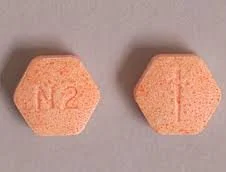
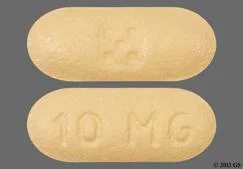
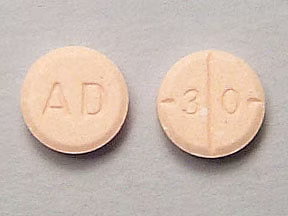
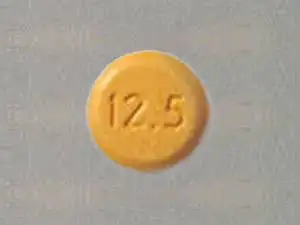
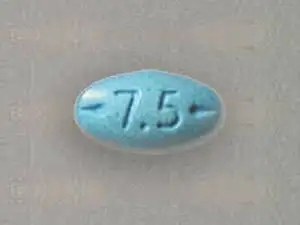
Reviews
There are no reviews yet.